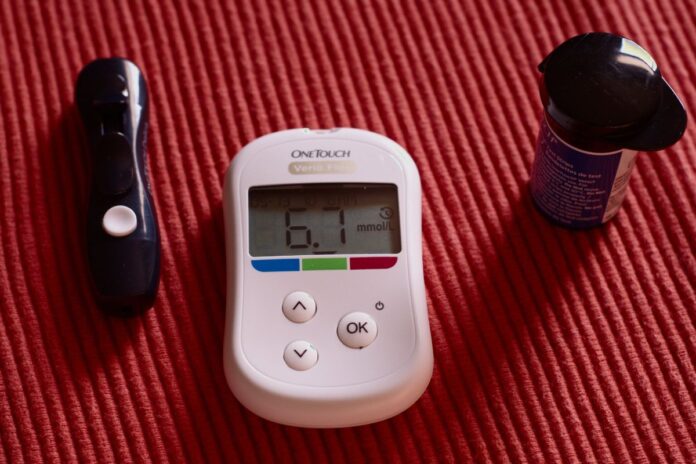The medical community is abuzz with the potential health benefits of cannabis, particularly its role in preventing type 2 diabetes mellitus (T2DM). A groundbreaking study from the Tabriz University of Medical Sciences in Iran has shed light on this intriguing correlation, offering a fresh perspective on cannabis’s therapeutic potential.
Research Background
The study, a comprehensive meta-analysis, was meticulously designed to explore the intricate relationship between cannabis use and the onset of T2DM. The research incorporated seven distinct studies, further divided into 11 surveys and four cohorts. The sheer scale of this research is evident from the participation of over 478,000 individuals.
“The study encompassed a staggering 478,000+ participants, making it one of the most extensive of its kind.”
Pivotal Findings
One of the most striking revelations of this study was the odds ratio derived from the data. The results indicated that cannabis users had almost half the risk of developing T2DM compared to those who abstained. This significant discovery is particularly relevant today, given the alarming rise in T2DM cases globally.
However, the researchers also exercised caution. While the data suggested a protective effect of cannabis against T2DM, there were variations across different studies. With the increasing global trend of cannabis legalization and consumption, the researchers emphasized the urgent need for more in-depth, rigorous studies to validate and expand upon these initial findings.
A Closer Look at T2DM
Type 2 diabetes mellitus is a chronic condition characterized by elevated blood sugar levels. Historically, it was an adult-onset disease. However, recent trends indicate a worrying shift. Harvard Medical School has raised alarms about the increasing incidence of this condition in younger populations, including children and teenagers.
The Centers for Disease Control and Prevention (CDC) provides a more detailed snapshot of the T2DM landscape in the US. Their data reveals that over 37 million Americans are currently living with diabetes. Shockingly, between 90-95% of these cases are T2DM.
“The CDC states that 90-95% of the 37 million Americans with diabetes have T2DM.”
The role of insulin, a hormone essential for regulating blood sugar, is pivotal in understanding T2DM. In individuals with T2DM, the body’s cells become resistant to insulin, causing a spike in blood sugar levels. Elevated blood sugar levels can wreak havoc on the body, leading to severe health complications, including heart disease, vision impairment, and even kidney failure.
Expanding the Cannabis Health Paradigm
While the study from Tabriz University is groundbreaking, it’s essential to understand that the potential health benefits of cannabis extend far beyond T2DM. For instance, a 2020 study delved into cannabis’s potential role in assisting hepatitis C patients in reducing their risk of diabetes. Given the established link between chronic hepatitis C virus (HCV) infection and increased risk of insulin resistance and diabetes, the study’s findings are particularly relevant.
Furthermore, a plethora of research has consistently identified positive correlations between cannabis use and reduced odds of conditions like obesity and T2DM. Clinical trials have even demonstrated that specific compounds in cannabis, such as THCV, have the potential to improve glycemic control in T2DM patients. Another noteworthy study from earlier this year highlighted the efficacy of a CBD sublingual spray in enhancing lipid profiles and glucose tolerance over an eight-week treatment regimen.
“Clinical trials have shown compounds in cannabis, like THCV, can improve glycemic control in T2DM patients.”
Concluding Thoughts
The potential health benefits of cannabis, especially in the context of T2DM, are undeniably promising. The study from Tabriz University has opened a new chapter in medical research, offering hope to millions worldwide. However, it’s also a clarion call for the global medical community to invest in more extensive, rigorous research. As the world grapples with the T2DM epidemic, it’s imperative to explore every potential solution. But it’s equally crucial to ensure that these solutions are backed by robust, scientific evidence, ensuring the best outcomes for patients worldwide.


